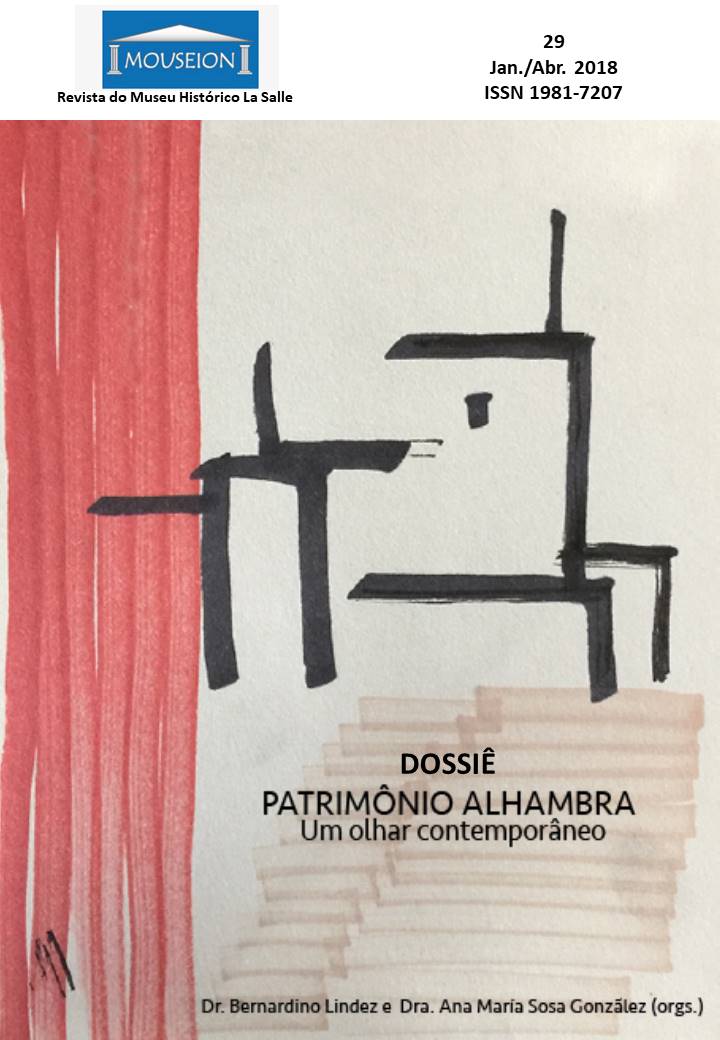The Alhambra towers: territory, city and architecture
DOI:
https://doi.org/10.18316/mouseion.v0i29.4842Keywords:
Alhambra, Granada, Tower, Heritage, SymbolismAbstract
The Alhambra towers form a communication infrastructure capable of reconciling different territories, using the tower’s own architecture as a time controller and information vehicle. The action generated by this network of watchtowers is the origin of new landscapes that enable the foundation of cities whose raison of being is indissociable from certain policies and territorial strategies. The Alhambra towers are architectural landmarks and identity value of the landscape that supports them. At an urban level, the Alhambra towers enable and manage the routes within the palatine city. They operate as an exchange between the ramparts, perimetral walkways and the main longitudinal routes. They exert a filter –towers that are doors and doors that work like towers– between two realities well differentiated: the city of Granada and the fortress of the Alhambra. They act as a condenser of transits uses and information that, after assimilation, tend to dissipate through the city. In terms of its anthropological dimension, we can understand all those social constructions that emerged linked to the Alhambra towers, as a concrete and specific typology for its development. There is an artistic aspect that underlies some of these towers, related to the stage of its construction and layout within the defensive system of the Alhambra. As well as the symbolism associated with the towers, from its ascensional nature to the geological force that drives this typology in metaphoric relation with the mountainous and the divine. This paper tries to approach the study of the Alhambra towers from a whole perception, as an architectural system that acquires meaning in its territorial influence. As a strategy that makes life possible between two cities –Granada and the Alhambra– and as a symbol which transcends social level, where the aesthetic and artistic component prevails over the purely military function.
Downloads
Published
Issue
Section
License
Authors must submit their manuscripts to be published in this journal agree with the following terms:
Authors maintain the copy rights and concede to the journal the right of first publication, with the paper simultaneously licensed under the License Creative Commons attribution that permits the sharing of the paper with recognition of authorship and initial publication in this journal.
Since the articles are presented in this journal of public access, they are of free use, with their own attributions for educational and non-commercial purposes.


